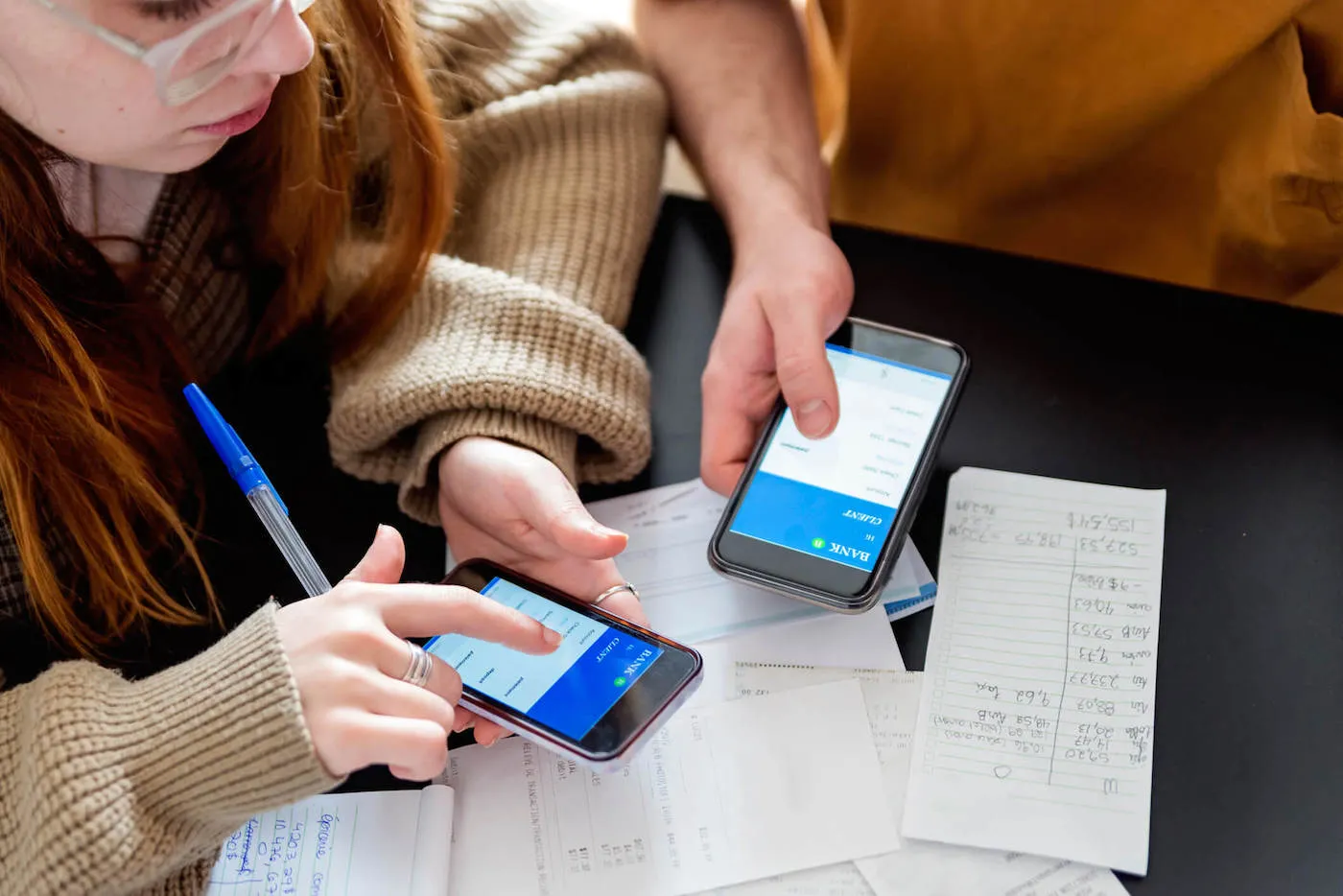What Is a Payday Routine?

When payday rolls around, you can (and probably should) develop and implement a plan for what you do with your paycheck: a payday routine.
Payday routines can help you master your budget and reach your financial goals. With a bit of advance planning, your payday routine can help you strengthen your finances with every paycheck.
How a Payday Routine Works
Payday routines work by mapping out where every dollar of your paycheck goes. Essentially, you'll strategize before payday with a budget and plan to cover your bills, savings goals and discretionary spending.
As soon as your paycheck arrives, you can put your payday routine into action to divide your income right away and assign purpose to your earnings. When you plan ahead, savings, spending and bills can become less stressful and far more streamlined.
Benefits of a Payday Routine
Payday routines can help you achieve savings goals and financial freedom over time. Here are reasons why you might consider starting one now:
- Payday routines can mean fewer shopping sprees. Having a plan for each paycheck could help you cut down on extra spending that can weigh too heavily on your overall budget. Payday routines put a direct line between your income and your savings, leaving you with just the right amount to spend freely.
- A payday routine can help you budget. Budgeting should be your first step in planning the perfect payday routine. By limiting how much of your paycheck you spend on extras, you force yourself to stick to a healthy budget. Even if you're having a hard time sticking to a budget now, a payday routine can make it easier to budget in the future.
- Pay toward your future. It can be difficult to intentionally and regularly set aside cash for vital financial goals, like funding your retirement accounts or your emergency fund. Paying yourself first means taking action to funnel cash straight into your savings, before you even pay your bills. By making this "payment" toward your future, you keep both short- and long-term financial goals a top focus for your cash flow.
How to Create a Payday Routine
Now that you know how valuable a payday routine can be, let's break down exactly how to map it out and stick with it.
- Create a Budget
- Divide Your Income Into Categories
- Execute Your Plan
The first step to making a great payday routine is to review your expenses and create an effective budget. There are many you can explore, including the 50/30/20 method, zero-based budgeting and more, and some might work better for you than others. The goal is to find a budgeting method that makes it easy to record and plan your expenses.
Once you understand the ins and outs of your budget, choose where to put your paycheck for it to do the most good—now and over time. That means sectioning out portions of your paycheck, either by percentage or dollar amount, for every category you deem should be part of your financial plan.
Once you have a strategy ready, it's time to execute your plan. One of the best ways to stay on top of your payday routine is to automate everything. Divide your direct deposits to go straight into their respective accounts: savings, investments and discretionary spending. You can even separate your bill-specific income to its own account.
The Bottom Line
If narrowing down your budget and financial goals for your payday routine still seems like a chore, try an app or program to help you cover the bases. Simplifi by Quicken and Goodbudget are two examples of apps designed to streamline your finances with personalized spending plans.
On payday, you get to cash in on the fruits of your labor and put a chunk of that cash into meaningful savings and investments for your future. As you continue to take charge of your finances, be sure to carefully monitor your credit health. You can get your credit report and credit score for free through Experian.
What makes a good credit score?
Learn what it takes to achieve a good credit score. Review your FICO® Score for free and see what’s helping and hurting your score.
Get your FICO® ScoreNo credit card required
About the author
Hillary writes to analyze policy and culture in the digital age. With a unique background in film, entertainment, and both creative and journalistic writing, she thrives on creating digestible and essential content.
Read more from Hillary